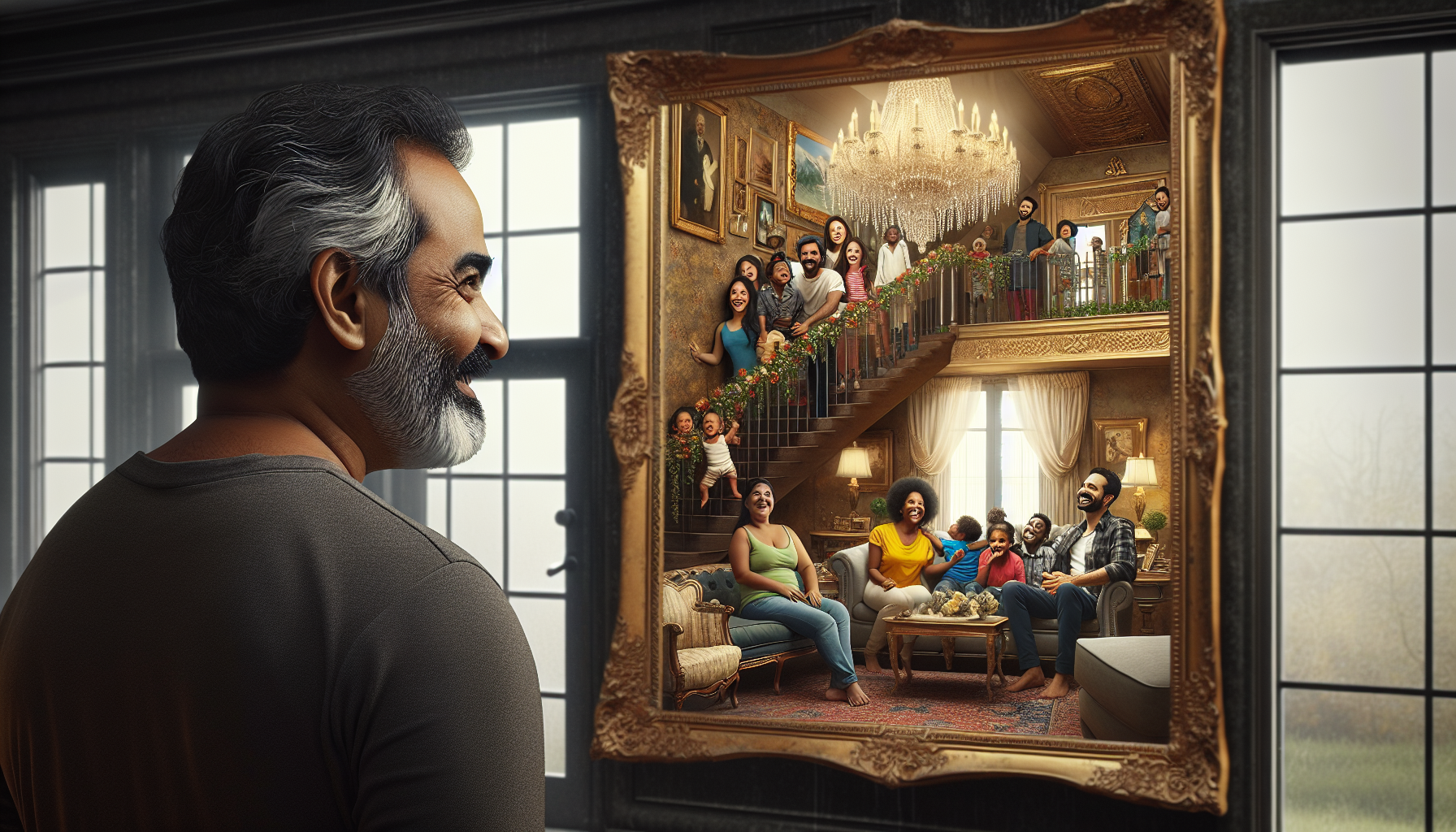From Intern to Director: Real Stories of Design Career Progression

For many, the adventure begins with an internship—a critical phase that serves as a launchpad for future growth. Take Sarah, for example. During her college years, she interned at a small design agency where she initially felt overwhelmed. “It was a fast-paced environment with high expectations, and I felt like a fish out of water,” she recalls. However, instead of retreating, Sarah embraced the discomfort. She learned to ask questions and actively sought feedback from her colleagues. “One of the most important lessons I learned was that it’s okay to not know everything,” she asserts. This proactive attitude led to her securing a full-time role post-graduation and set the groundwork for her future development.
The Junior Designer: Embracing Growth
Once they transition from internships, designers often find themselves in junior roles, where the focus shifts to skill refinement and specialization. Mark's journey is illustrative of this phase. Joining a tech startup as a junior UI designer, he faced the daunting task of redesigning an existing app’s user interface. “There was a mix of excitement and pressure,” he admits. Mark tackled this challenge head-on by conducting thorough user research and collaborating closely with developers. His dedication resulted in an improved user experience that garnered recognition from higher management, leading to a promotion within just a year. Mark's story exemplifies how embracing challenges and seeking collaboration can accelerate career growth.
The Mid-Level Designer: Building a Portfolio and Leadership Skills
As designers accumulate experience, many ascend to mid-level positions, where they begin to assume leadership responsibilities. Emily, now a senior designer at a top marketing firm, reflects on her pivotal transition. “When I was asked to lead a project team, it marked a significant shift in my career,” she explains. No longer just a contributor, Emily had to learn the art of facilitation. To enhance her leadership skills, she pursued workshops and sought mentorship from industry veterans. Her ability to inspire and guide her team not only improved performance but also positioned her for a managerial role in the future. Emily’s journey illustrates the importance of continuous learning and the development of leadership capabilities in advancing one's career.
The Director: Vision and Strategy
After years of hard work and dedication, some designers reach the pinnacle of their careers with directorial positions. For David, becoming the creative director of a prestigious design agency was a dream realized. Reflecting on his journey, he emphasizes the necessity of strategic thinking at this level. “It’s not just about aesthetics; it’s about aligning design with business goals,” he explains. David champions a collaborative culture where team members feel empowered to share ideas. His journey underscores the importance of adaptability, ongoing education, and visionary leadership. David’s story serves as a reminder that the ability to marry creativity with business acumen can lead to significant career advancements.
The trajectory from intern to director in the design industry is as diverse as the individuals who embark on it. Through the stories of Sarah, Mark, Emily, and David, we uncover universal themes of resilience, continuous learning, and a readiness to embrace challenges. Each designer's journey is distinct, yet they are united by their passion for design and commitment to growth. For aspiring designers, these narratives serve as powerful motivators, illustrating that while the path may be winding, every experience is a building block in crafting a fulfilling career in design. Whether you are just starting or looking to elevate your career, remember that your journey is just beginning, and each challenge is an opportunity for growth. As the design industry continues to evolve, understanding the job title hierarchy can also provide valuable insights for career progression. Aspiring designers would benefit from exploring how various roles interact and where their skills can fit within this hierarchy. By aligning their career planning with industry standards, designers can navigate their paths with greater clarity and purpose.
UI/UX Designer
Tech startups, e-commerce companies, and digital agencies
Core Responsibilities
Conduct user research and usability testing to inform design decisions.
Create wireframes, prototypes, and high-fidelity mockups for web and mobile applications.
Collaborate with developers to ensure design feasibility and implementation.
Required Skills
Proficiency in design tools such as Sketch, Figma, or Adobe XD.
Strong understanding of user-centered design principles and accessibility standards.
Experience with HTML/CSS is a plus for better collaboration with developers.
Senior Graphic Designer
Advertising agencies, corporate marketing teams, and freelance opportunities
Core Responsibilities
Lead the creative direction for marketing campaigns, ensuring brand consistency across all media.
Design print and digital materials including brochures, advertisements, and social media assets.
Mentor junior designers and provide constructive feedback on their work.
Required Skills
Advanced knowledge of Adobe Creative Suite (Illustrator, Photoshop, InDesign).
Strong portfolio showcasing diverse design projects and a keen eye for detail.
Excellent communication skills to articulate design concepts to clients and team members.
Product Designer
Tech companies, SaaS providers, and consumer electronics brands
Core Responsibilities
Define product vision and strategy by collaborating with cross-functional teams including marketing, engineering, and sales.
Develop user flows, wireframes, and prototypes that enhance user experience while meeting business objectives.
Analyze user feedback and metrics to iterate on design solutions continuously.
Required Skills
Strong analytical skills and experience with data-driven design decisions.
Familiarity with Agile methodologies and tools such as JIRA or Trello.
Background in both visual design and interaction design.
Creative Director
Large design firms, advertising agencies, and in-house creative teams at corporations
Core Responsibilities
Oversee and guide the creative process, ensuring alignment with brand strategies and business goals.
Manage a team of designers, providing direction and inspiration for innovative design solutions.
Present creative concepts to stakeholders and adjust strategies based on feedback.
Required Skills
Extensive experience in design, with a strong portfolio demonstrating leadership in multiple projects.
Ability to balance creative vision with practical business considerations.
Proven experience in project management and team leadership.
User Researcher
Tech companies, consultancy firms, and academic institutions
Core Responsibilities
Conduct qualitative and quantitative research to understand user behavior and needs.
Synthesize research findings into actionable insights that inform design and product development.
Collaborate with designers and product teams to integrate user insights into the design process.
Required Skills
Proficiency in research methodologies, including surveys, interviews, and usability testing.
Strong analytical skills to interpret data and present findings effectively.
Excellent communication skills to convey research insights to diverse audiences.


